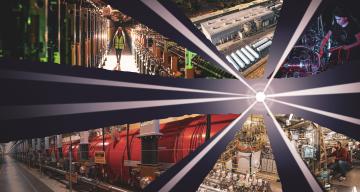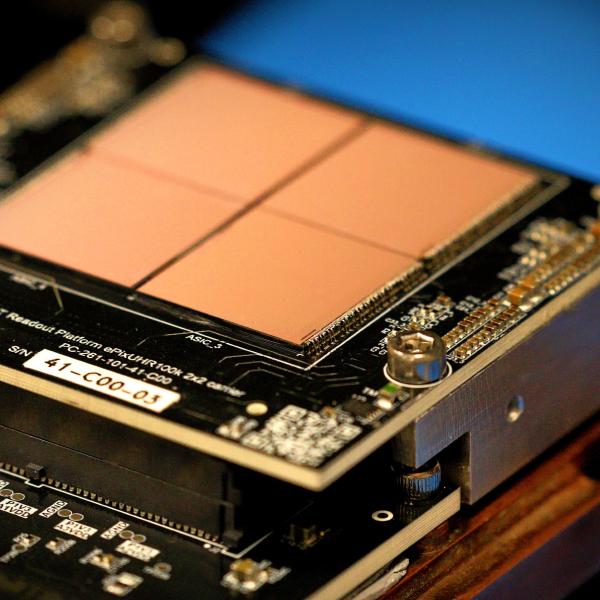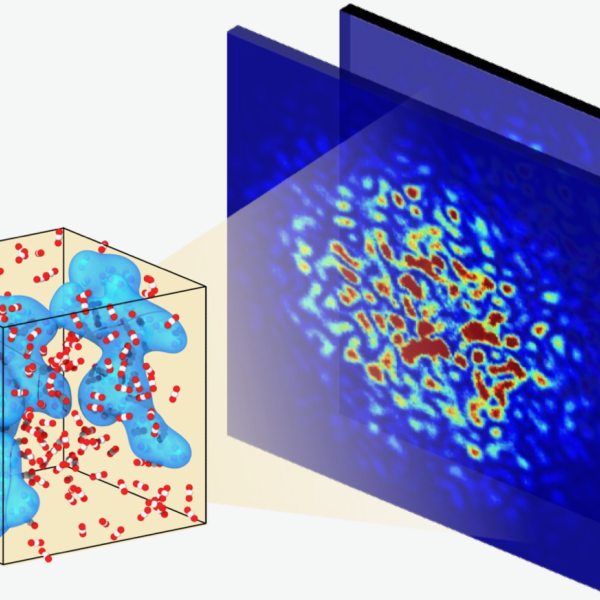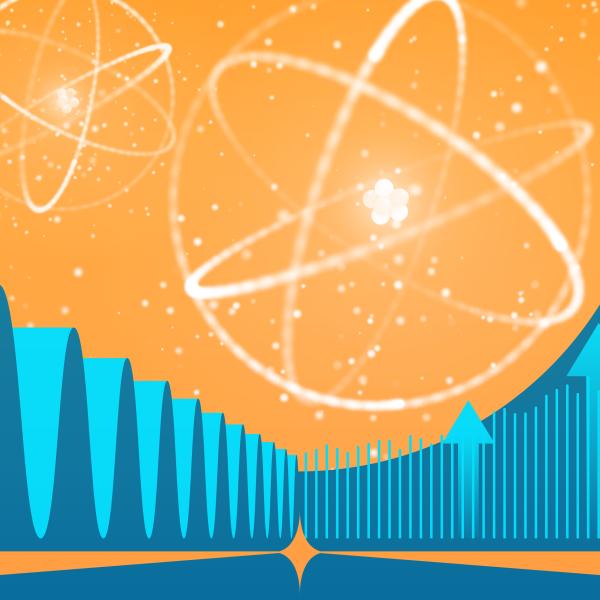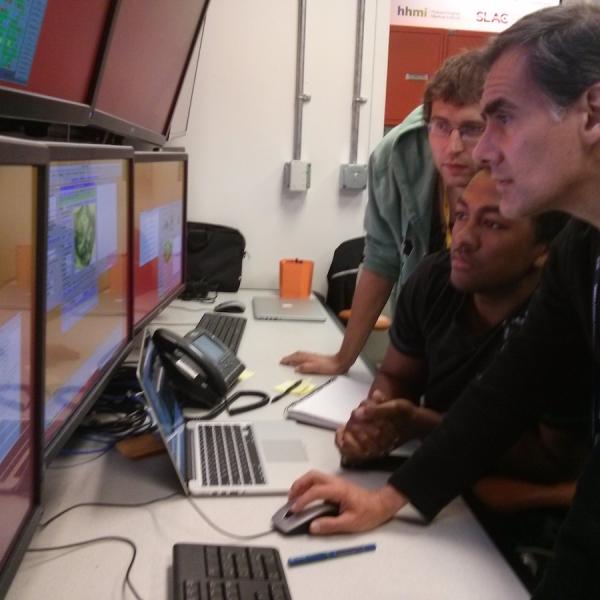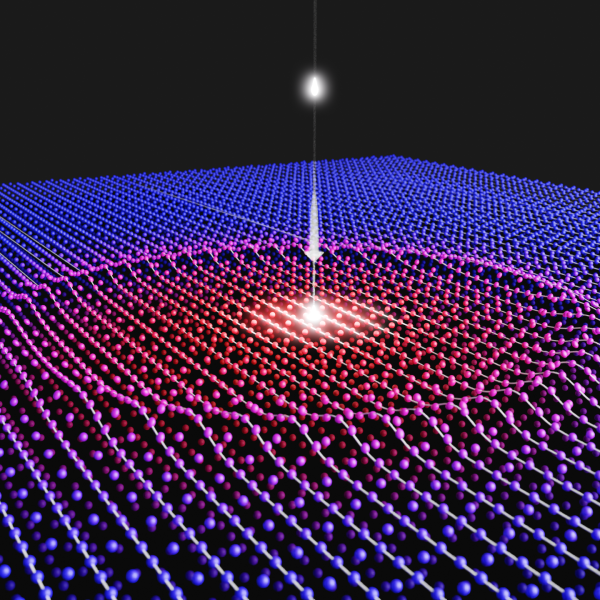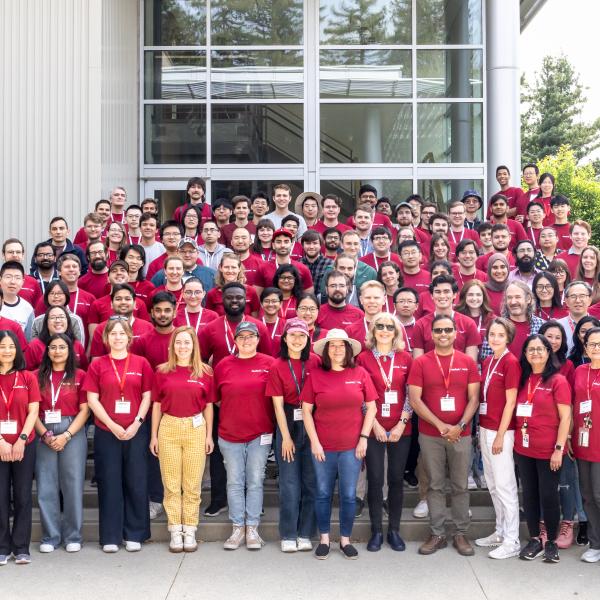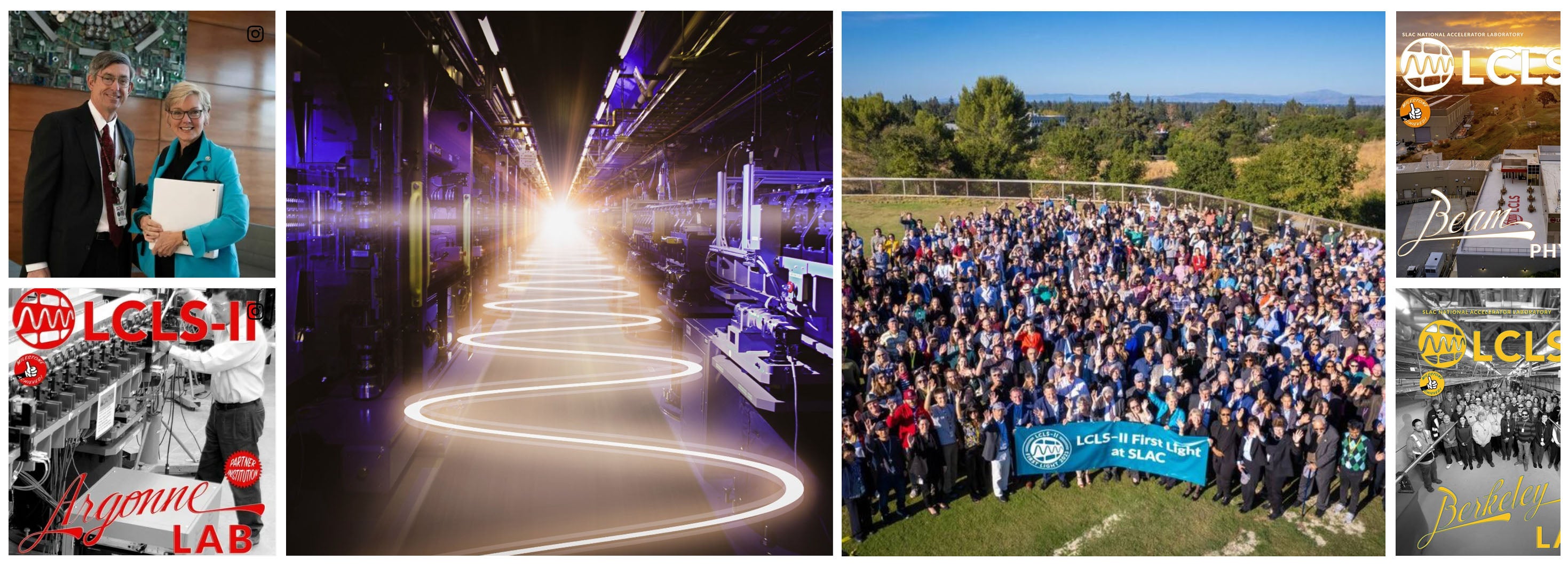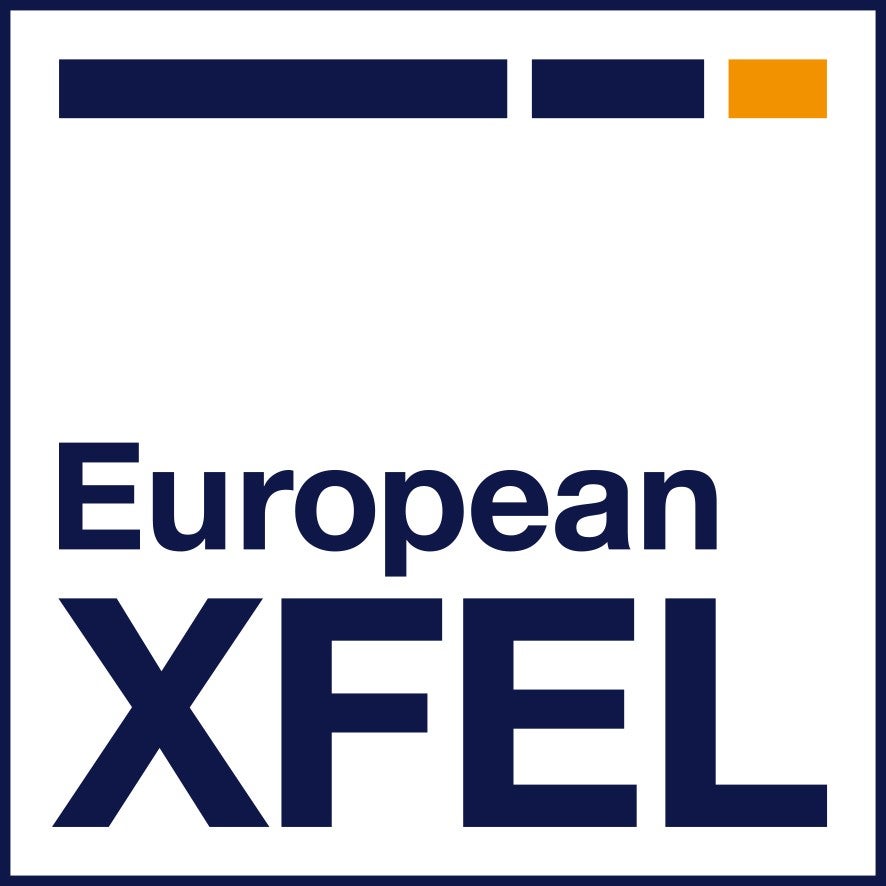An upgrade to SLAC’s renowned Linac Coherent Light Source will allow it to deliver X-ray laser beams that are 10,000 times brighter with pulses that arrive up to a million times per second.
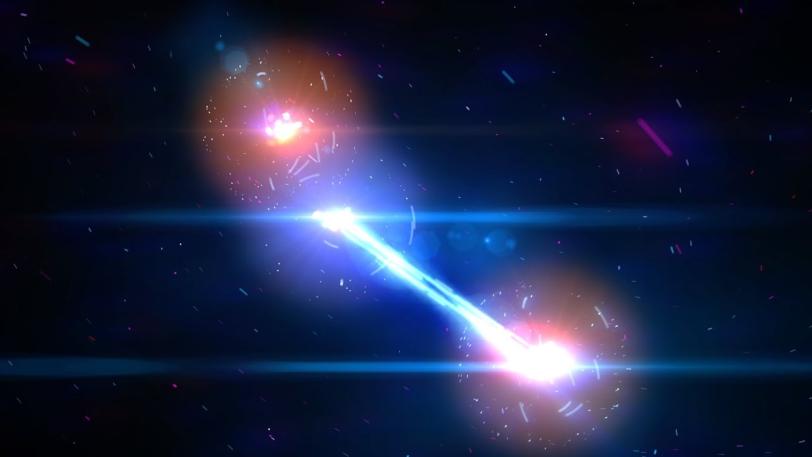
LCLS-II: The Next Leap for X-ray Science
Introducing LCLS-II, a future light source at SLAC. It will generate over 8,000 times more light pulses per second than today’s most powerful X-ray laser, LCLS, and produce an almost continuous X-ray beam that on average will be 10,000 times brighter. These unrivaled capabilities will help researchers address a number of grand challenges in science by capturing detailed snapshots of rapid processes that are beyond the reach of other light sources.
SLAC National Accelerator Laboratory
Latest LCLS-II news
The Secretary celebrated LCLS-II first light with 600 SLAC staff and collaborators Oct. 26.
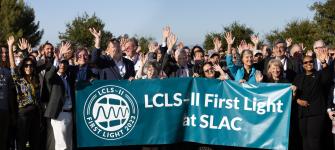
LCLS-II explained
The upgrade to the Linac Coherent Light Source, LCLS-II, will be a transformative tool for energy science, qualitatively changing the way that X-ray imaging, scattering and spectroscopy can be used to study how natural and artificial systems function. It will produce X-ray pulses that are 10,000 times brighter, on average, than those of LCLS and that arrive up to a million times per second. Learn what an XFEL does and about SLAC’s journey to upgrading its Linac Coherent Light Source.
X-ray free-electron lasers are like X-ray microscopes, allowing scientists to spot the intricate movements of atoms and molecules and capture their motion in snapshots that can be strung together into “molecular movies” of materials, chemistry and biology in action.
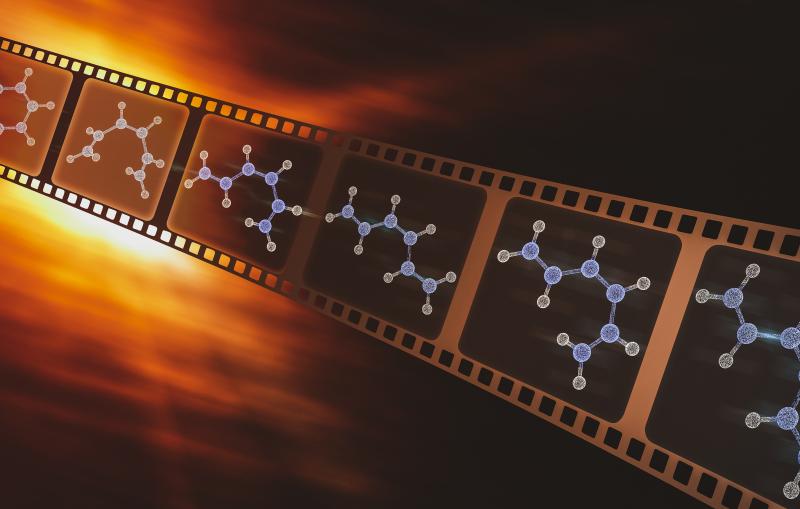
SLAC’s renowned Linac Coherent Light Source is getting a major upgrade that will significantly boost its power and capacity. LCLS-II will further sharpen our view of how nature works at the atomic scale and help advance transformative technologies of the future, including novel electronics, life-saving drugs and innovative energy solutions.
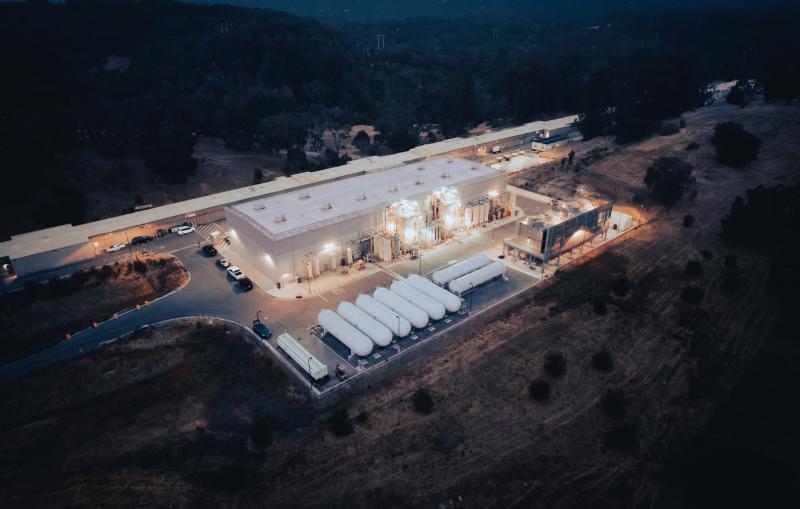
At the heart of LCLS-II is a superconducting accelerator made up of 37 cryomodules with strings of super-cold niobium cavities. Linked together and chilled to nearly absolute zero, they will accelerate electrons to almost the speed of light and power an upgrade to the nation’s only X-ray free-electron laser facility.
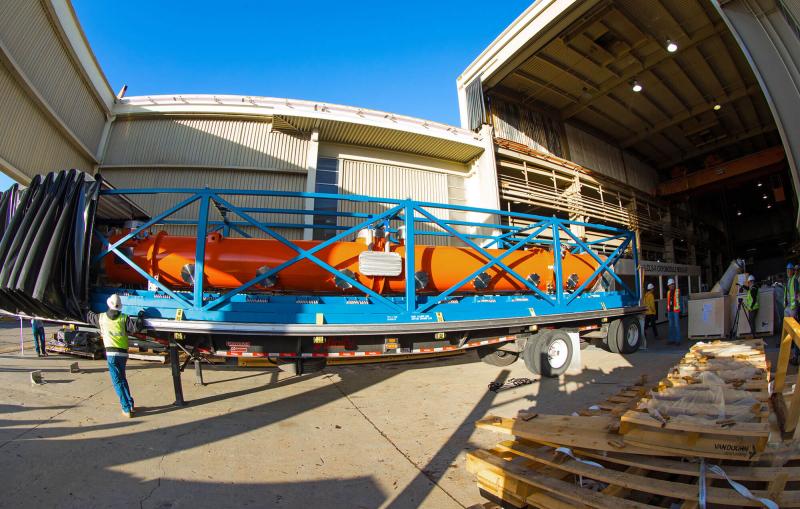
LCLS was designed to generate X-ray pulses a billion times brighter than anything that had come before. It was the first machine to produce ultrafast high energy X-ray laser pulses. Since it turned on in April 2009, SLAC has been the birthplace of a host of scientific firsts. LCLS-II will bump X-ray science to new heights.
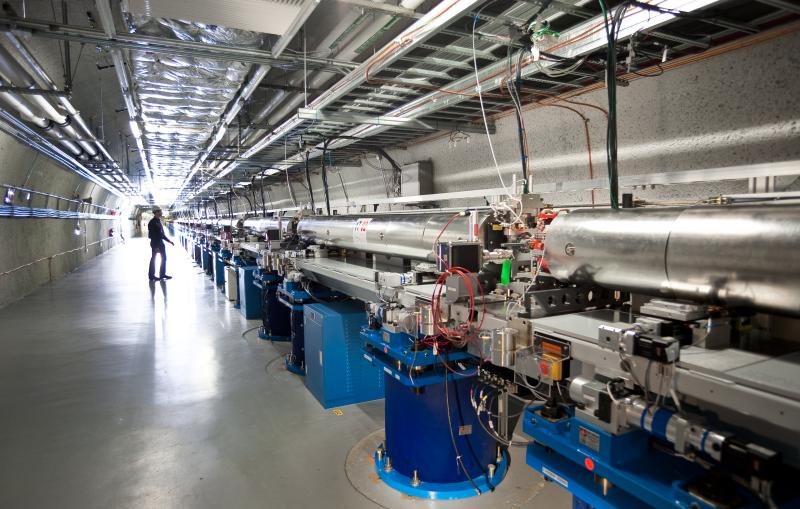
Building a next-gen X-ray laser
Partnerships
LCLS-II was developed and built in collaboration with four other DOE national laboratories: Argonne, Berkeley Lab, Fermilab, Jefferson Lab, and Cornell University.
International partners
For questions or comments, contact the SLAC Office of Communications at communications@slac.stanford.edu.
About SLAC
SLAC National Accelerator Laboratory explores how the universe works at the biggest, smallest and fastest scales and invents powerful tools used by researchers around the globe. As world leaders in ultrafast science and bold explorers of the physics of the universe, we forge new ground in understanding our origins and building a healthier and more sustainable future. Our discovery and innovation help develop new materials and chemical processes and open unprecedented views of the cosmos and life’s most delicate machinery. Building on more than 60 years of visionary research, we help shape the future by advancing areas such as quantum technology, scientific computing and the development of next-generation accelerators.
SLAC is operated by Stanford University for the U.S. Department of Energy’s Office of Science. The Office of Science is the single largest supporter of basic research in the physical sciences in the United States and is working to address some of the most pressing challenges of our time.
